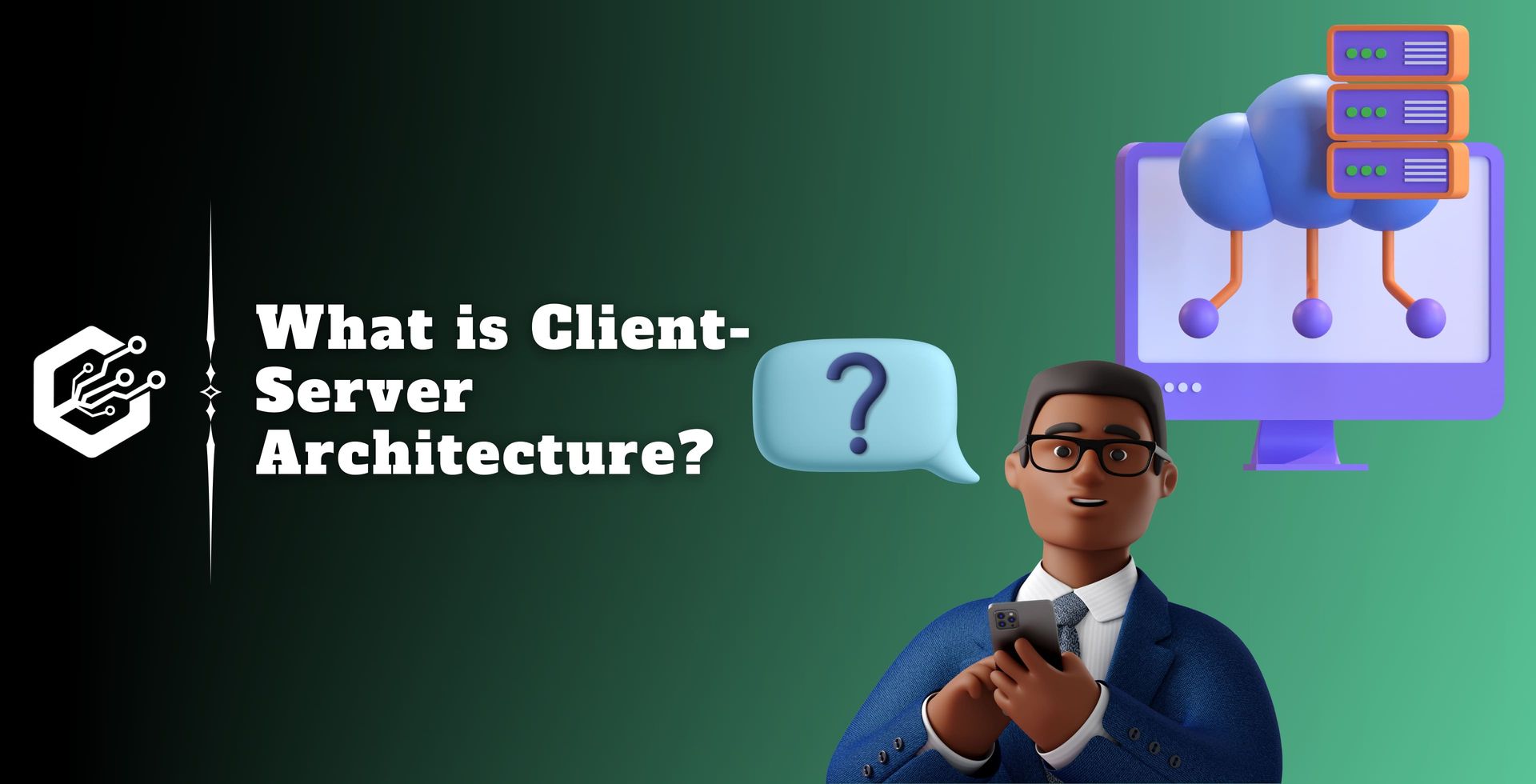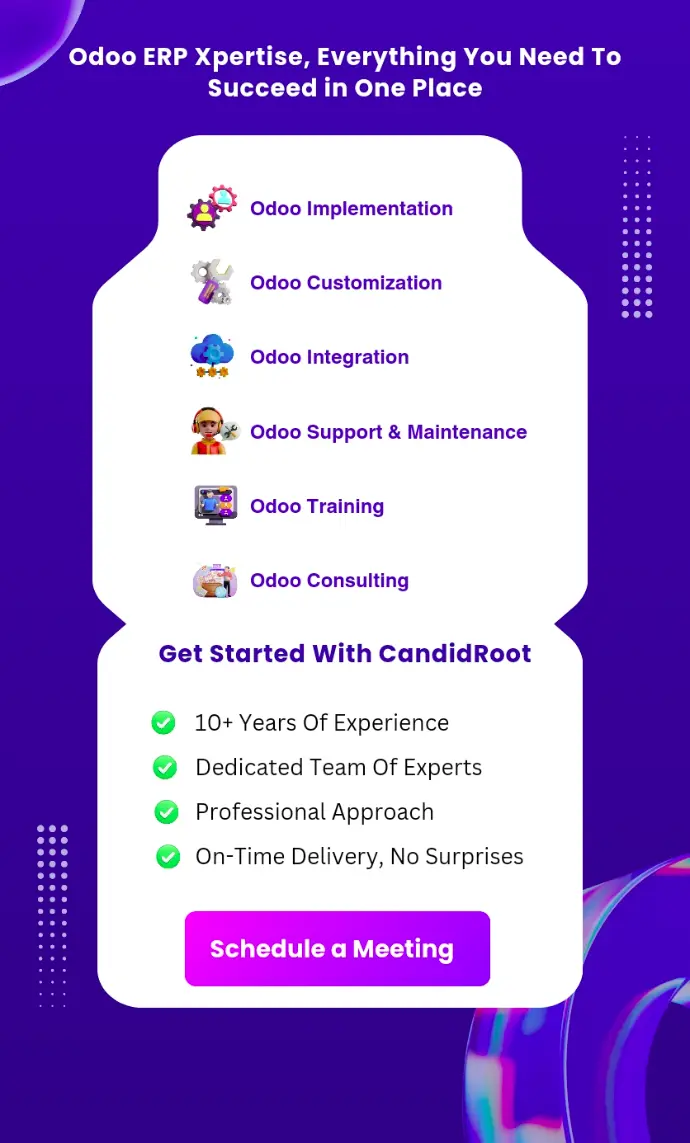In today’s digital infrastructure, server architecture plays an important role. It provides a seamless flow of data and services across the globe.
Ever wonder how this infrastructure works?
No more mysteries; in this blog, we'll explore your interest to reveal the complexities of server architecture and talk about its different types, components, and design factors.
What is Client-Server Architecture?
As per the network model design, the client-server architecture creates a relationship between clients and servers. Here, clients interact with requests, and servers fulfill these requests by allotting tasks and sharing resources.
The communication between the two follows the request-response pattern, often following the standard protocol such as TCP.
There are Different Types of Client-Server Architecture:
1. Two-Tier Architecture (Client-Server)
It is the most common type of architecture where a client is responsible for the user interface and application processing.
Here, it’s the server's responsibility to manage database and application logic.
2. Three-Tier Architecture:
Three-tier architecture provides presentation, application processing, and data management tiers.
Presentation Tier: For User interface and interaction.
Application Tier: For Application logic and processing.
Data Tier: For Data storage and retrieval.
3. Multi-Tier Architecture:
Multi-tier architecture expands on three-tier architecture with additional layers for specific features. Each tier has defined roles, offering scalability and flexibility.
4. Client-Server with Fat Client:
It features a powerful client for substantial processing tasks. Here, the server manages data storage and retrieval.
5. Client-Server with Thin Client:
It features a lightweight client depending on the server for processing tasks. Generally, it is suitable for scenarios with client devices having limited resources.
6. Mobile Client-Server Architecture:
It is customized for mobile devices, taking mobile applications as clients. Data storage and business logic are managed by servers, emphasizing efficiency for mobile apps.
7. Peer-to-Peer Architecture:
In the absence of a centralized server, it shares a network of equivalent peer resources. As is usual in file-sharing and distributed computing, each peer can function as both a client and a server in this situation.
8. DBaaS, or database as a service:
You can use cloud computing to offer database services. In cloud computing clients access and manage databases through the cloud, reducing the need for local server infrastructure.
Exploring Server Architecture
Organization, communication, job management, data management, security, scalability, redundancy, performance optimization, virtualization, and fault tolerance are all covered by server architecture, which is the structure and design of servers inside a network.
1. Organization:
Server Arrangement: Establishes the physical or logical configuration of servers to facilitate effective resource sharing and communication.
Placement: Select servers' actual locations to maximize accessibility, cooling, and communication.
Design: entails organizing server rooms or data centers according to a planned layout, taking cooling systems, power distribution, and density into account.
2. Communication:
Protocols: These are sets of guidelines for communication, including TCP/IP for general networking and HTTP for the web.
Network Topology: Describes the configuration of the network and the links between its servers.
Server-to-Server Communication: Effective information sharing between servers is ensured by server-to-server communication, which is essential for operations requiring coordination.
3. Task Handling:
Task Distribution: To handle workloads effectively, assign tasks to several servers.
Load Balancing: Equitably distributed tasks among servers to prevent overload.
Specialized Servers: These servers are distinguished by their distinct responsibilities, which divide duties such as data storage and user interface.
4. Data Management:
Database architecture: Plans a database's composition and arrangement.
Storage Methods: Affects update and retrieval speeds by deciding how data is stored.
Procedures for Retrieval and Updates: Provides effective ways to communicate with databases.
5. Security:
Security Protocols: Put policies and procedures in place to guard servers against intrusions and online dangers.
Data Encryption: Encrypting data ensures safe data transfer.
Access Management: This is a crucial component of information security because it limits who can access and administer servers.
6. Scalability:
Design Considerations: Arrange the architecture of the server to accommodate expansion and rising demand.
Scaling Methods: Based on requirements, select between vertical and horizontal scaling.
Capacity Planning: Evaluates potential expansion and makes plans for it to sustain performance.
7. Redundancy and Reliability:
Redundancy: To avoid single points of failure, redundant systems or components are included.
Backup and Recovery: Uses techniques to safeguard data and ensure a speedy recovery.
Monitoring: Makes use of systems to find and fix problems before they affect dependability.
8. Performance Optimization:
Server tuning: Based on particular workloads, settings are modified for best performance.
Caching Mechanisms: To speed up response times, frequently used data is stored.
Regular Optimization: Evaluates and improves server performance on an ongoing basis in response to shifting demands.
9. Virtualization and Cloud Integration:
Virtualization Technologies: For resource efficiency, virtual servers are created.
Cloud Integration: Makes use of cloud services to scale and be flexible.
Management: Effectively oversees virtual machines or containers.
10. Fault Tolerance:
Managing Failures: Create plans for responding to server outages while preserving system stability.
Fail-over Mechanisms: Put procedures in place for smooth transitions to backups in the event of an outage.
Critical Component Redundancy: Vital Elements Redundancy is used to make sure that critical system components have backup plans in place, ensuring service availability.
11. Monitoring and Management:
Monitoring Tools: Provides real-time tracking of the functionality and health of servers.
Logging: Keeps track of incidents and problems for examination and resolution.
Management Protocols: Adheres to best practices for efficiently managing servers.
12. Update and Maintenance:
Applying Updates: Specifies how patches and updates are to be installed.
Scheduled Maintenance: Arranges and carries out repairs at off-peak hours to cause the least amount of inconvenience.
Downtime Minimization: Put techniques in place to lessen interruptions during updates.
In Conclusion,
A strong server design is essential to guarantee high performance, scalability, and dependability in the dynamic digital world.
This in-depth analysis sheds light on the intricacies of server and client-server architectures, providing architects and engineers with insightful advice on how to handle the difficulties presented by the digital age.
The art of server design is still important to enabling smooth and effective digital operations even as technology develops. Furthermore, the open-source ERP system Odoo Customization highlights the significance of customized server solutions to fulfill particular business requirements.


